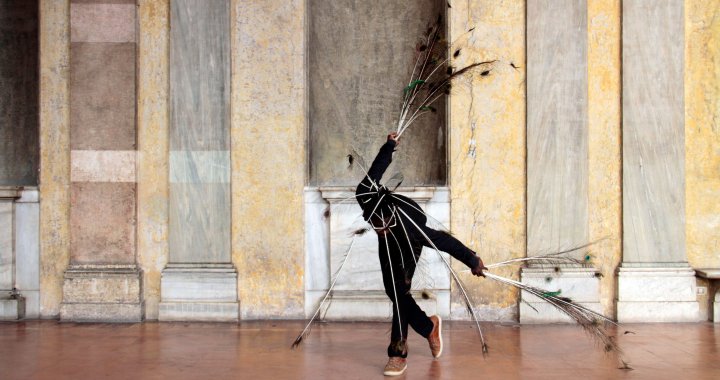
The Hopes and Limits of Performance art
An express-interview with Liv Vaisberg and Will Kerr, the curators of A Performance Affair
09/09/2018
Anyone who is familiar with the terminology of art, is also aware that performance is an art genre, that roots back to such early avant-garde movements as futurism, dada and surrealism. However, most significantly performance art flourished by the 1960’s, as a way of declining abstract expressionism and modernism in general. A great part of the most important artists of the 20th century – Yoko Ono, Gustav Metzger, Joseph Beuys, Yves Klein and many others – defined the meaning of a performance. It wasn’t only a live presentation of art, but also a possibility of an immediate exploration of the artist’s mind-set.
It’s been 60 years since Yves Klein performed his “Anthropometries of the Blue Period” in 1958, and performance as a genre has changed together with the guidelines of contemporary art. Nevertheless, it still takes a big part of the modern art society. A Performance Affair – a completely new platform for performance art – might just be the proof for it. APA takes place for the first time during Brussels Gallery Weekend from the 7th till the 9th of September and is presented both live and via digital streaming. We asked the curators Liv Vaisberg and Will Kerr to provide us with an insight to the event.
What exactly is A Performance Affair and how did you come up with the idea for this event?
APA is a platform focusing exclusively on performance art and aiming at stimulating the acquisition of performance art and raising awareness about current issues related to its economies. The idea came up when we met and both realised that we had been thinking about those questions for a long time. This initiative is also due to different encounters with artists, but also gallerists who are truly committed to performance art or who support artists who dedicate themselves to this practice. Several discussions with collectors and curators also raise our own awareness toward the urgency to deal with those questions while involving all the key players from the market.
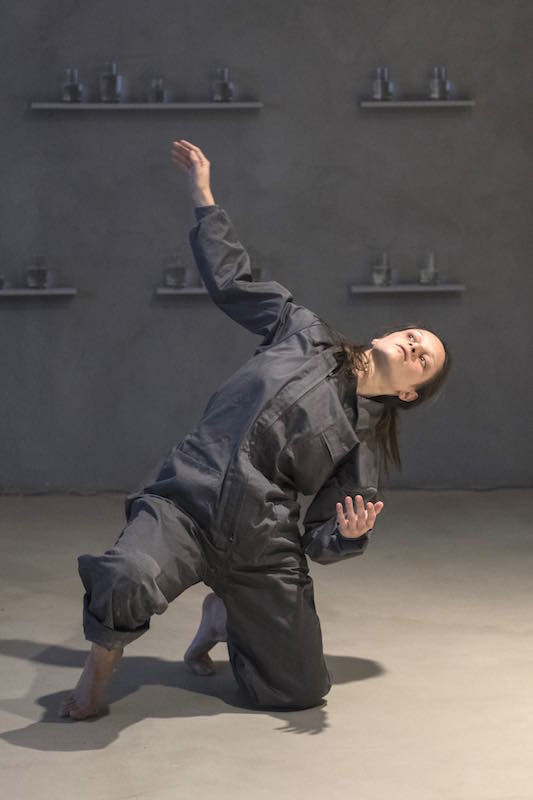
Elena Bajo, The Pleiades, Blue Project Foundation, Barcelona, Spain, 2018. Performers Lucía Jaén, Cristina Morales y Elise Moreau © Roberto Ruiz. Courtesy of the artist and Blue Project Foundation, Garcia Galeria, Annex14
Is there a particular aim of the event?
We offer a platform for emerging and established artist to activate performances in front of a diverse audience, which is also encouraged to reflect and discuss the crucial aspects such as the acquisition, dissemination and preservation of performance art. And here comes the Bureau, which is central to APA’s concept. It has to be considered as a living archive, a place for exchanges, where the public can read the documents at their disposal but ultimately also encounter other persons to talk about the issues pertaining to the economies of performance art and how to support performing artist sustainably.
Please tell about the programme and participating artists of APA.
Dense and eclectic are two words which could summarise our programme. Dense because during three days, 23 artists will activate performances for eight hours per day (11:00 – 19:00) from Friday to Saturday. Eclectic also, as we will not only have live performances but also streaming, for instance Candida Powell-William from the Serpentine Gallery in London. An auction of an immaterial work of Philippe Parreno’s “Transsubstantiation” will also take place during the weekend. We will conclude the event on a high note with a round table moderated by Rose Lejeune. Speakers cover the whole spectrum of key players in the ecosystem of performance art and range from collectors, museum curators to gallerists and a copyright lawyer.
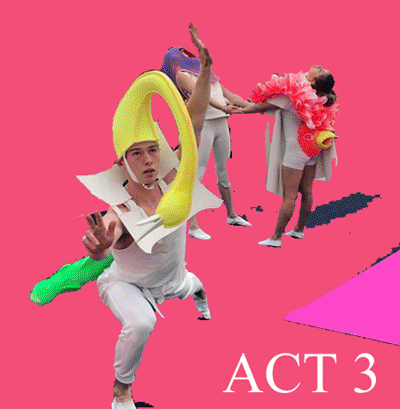
Candida Powell-Williams, Boredom and its Acid Touch Act3, 2017. Courtesy the artist and Bosse&Baum
Historically performance is defined as a genre in which art is presented “live”. However, a lot has changed since the 1960s, when this movement flourished significantly. How would you describe these changes in performance art during the last 60 years?
Historically performance is art presented "live". One aspect we seek to address at A Performance Affair is digitalisation, with streaming being made possible increasingly easily, is this a form of performance when the artist is not present "live" in the room? To highlight this we will have, for example, artist Ištvan Išt Huzjan walking around the boarders of Brussels. His performance will be broadcasted live in our Bureau. Another performance from Candida Powell-Williams will be streamed from the Serpentine gallery. This challenges the importance of the three fundamental notions of a performance: time, place and action. This being said, the large majority of our performances will be viewed live during a 3 days long programmation.
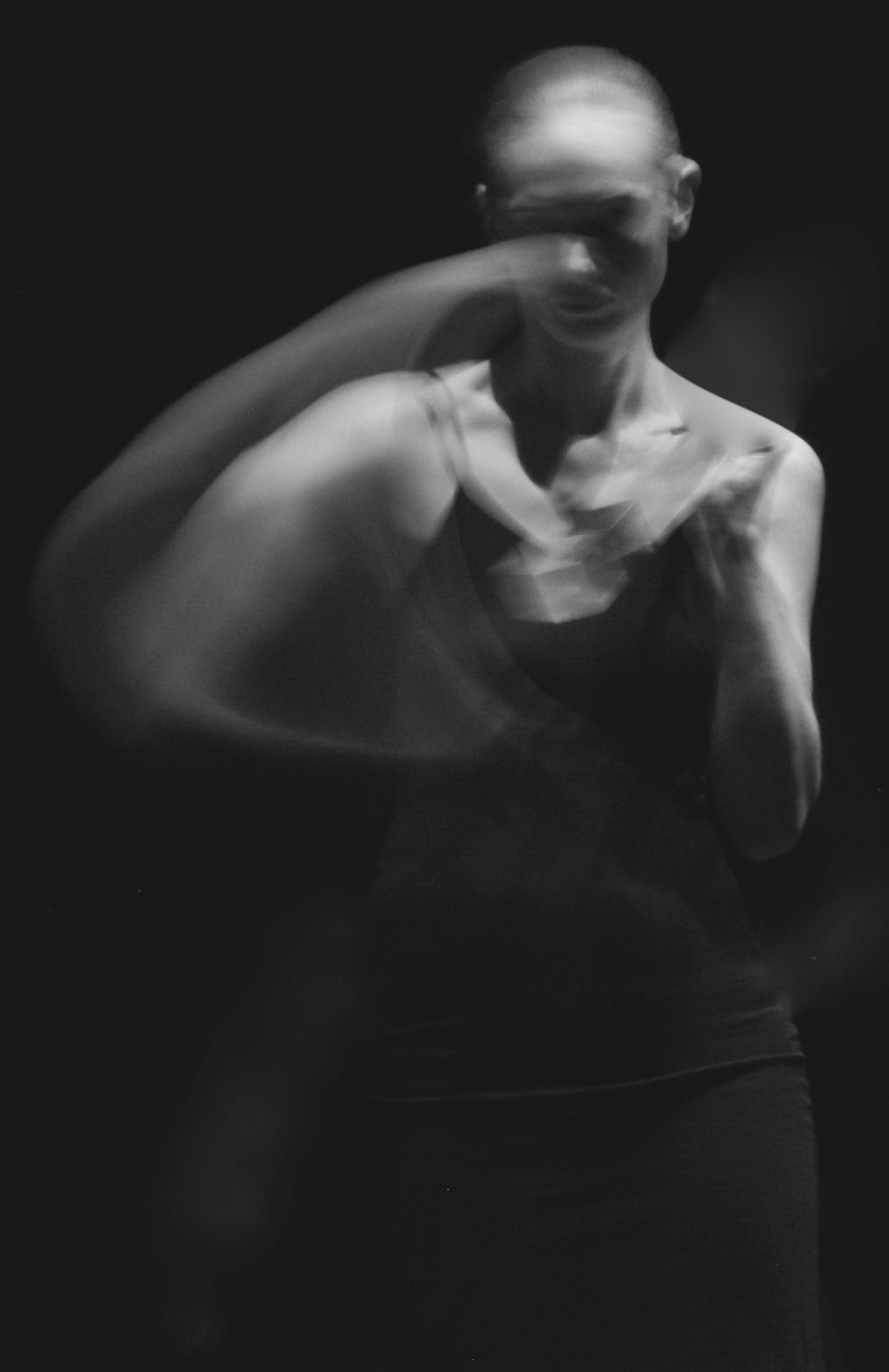
Alice Anderson “Lost Gestures’ performative drawings © Alice Anderson Studio
In the APA statement it is said that “A Performance Affair compiles performances, discussions and researches to find solutions for the unique challenges that surround this sector”. What are the challenges that performance art is facing today?
The popularity of performance art has only increased since the last years. However, we know that artists whose practice is dedicated to performance art are generally the worst off in the art market and do not, for the most part, benefit from public support granted much more generously to the dance sector and theatre performing arts. Because of its immaterial and ephemeral essence as well as the fact that it usually calls for an active participation of the artist, performance art is, by nature, difficult to acquire and most often requires a well-thought out contract. Further issues such as its conservation, its resale, its documentation and its re-enactment especially in the absence of the artist are all being addressed by A Performance Affair. It is easier to focus on the props, video and other forms of documentation. But the practice of performance lays in the live act, the movement. We seek to create the right conditions for people to view actual performance as also the object of acquisition and proper support. Whereas performance are shown at a festival - which implies that artists are supported by public funding, or at fairs - where they are not benefitting from optimum conditions to be presented, rarely its economics are considered. This being said, a lot of conversations and initiatives are happening, which we want to gather in a single-access point for anyone interested in the questions while offering a live programme. We are a sort of "festival for sale" and a think-tank at the same time, if that makes sense.
What are the biggest challenges that you faced, organizing this event?
On the purely organisational side, the event has been a real challenge in terms of logistics as we needed to programme 23 performances over 3 days from 11:00 to 19:00 without overlaps and taking constraints and needs of each of our participants. Our budget has also been tight as we do not function as a fair, but basically share common costs which we try to keep as minimal as possible. We are a platform, not only giving visibility but encouraging to change the state of place of the economics of performance art. We did not want to add an extra burden on our preforming artists.
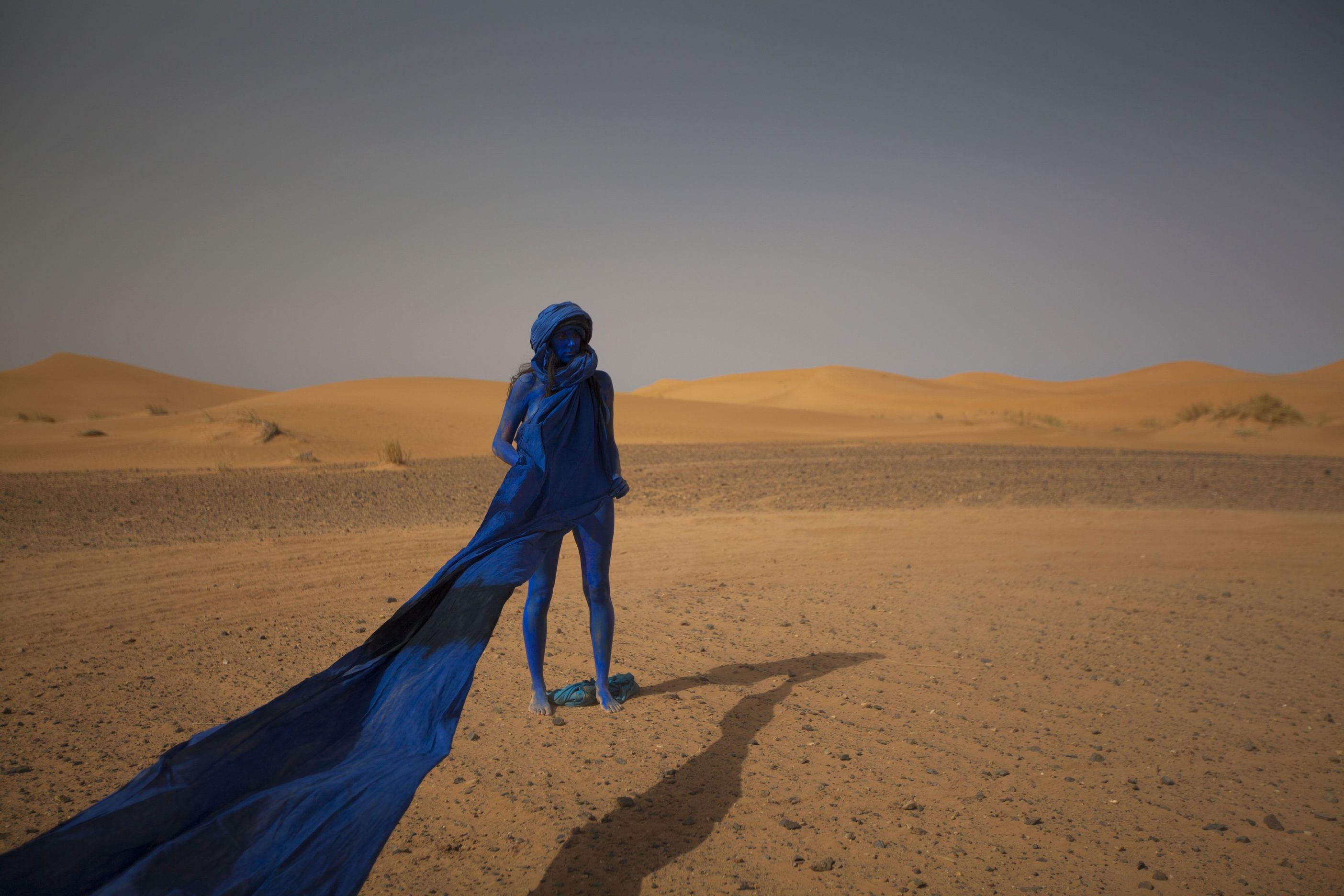
Sarah Trouche. Nomad action for Sahara, 2015, Courtesy ADAGP/Trouche
What are your future predictions for performance art?
Rather than predictions, we would prefer to speak of hopes and expectations. Similarly, to video art, we hope the market for performance art will grow and that collectors and museums will see performance from a different angle. We hope that performing artists will be better identified for their practices and not only the props and other type of works left behind, and that this practice will be better supported, by public money and private funding.